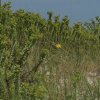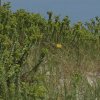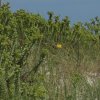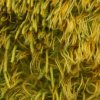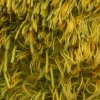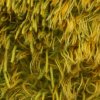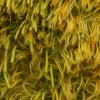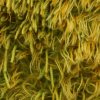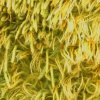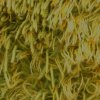So here's a question, to which I'm sure the answer varies by body, but I'd still be interested in the answers:
Are you going to get more noise in an image by using a higher iso or by underexposing at a lower iso and then pushing it in post?
Personally I use Lightroom, but I'm not sure whether software choice affects the answer, so maybe that's part of the question as well.
Are you going to get more noise in an image by using a higher iso or by underexposing at a lower iso and then pushing it in post?
Personally I use Lightroom, but I'm not sure whether software choice affects the answer, so maybe that's part of the question as well.

